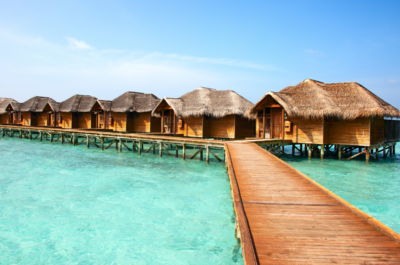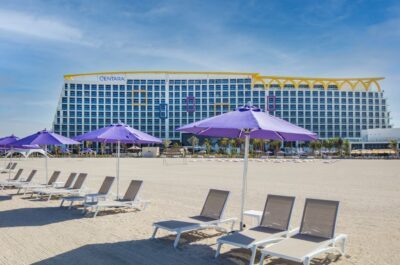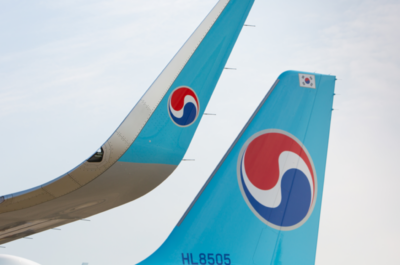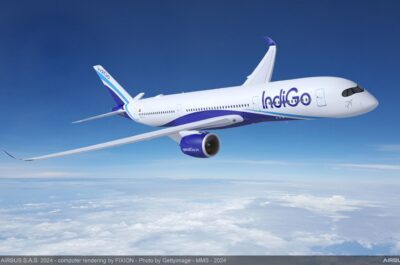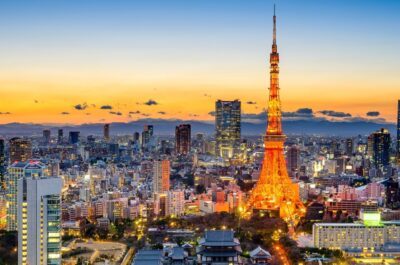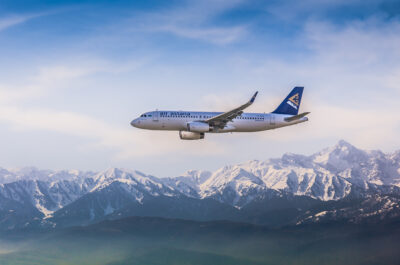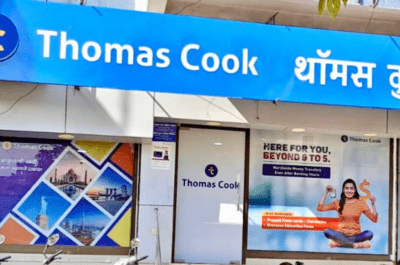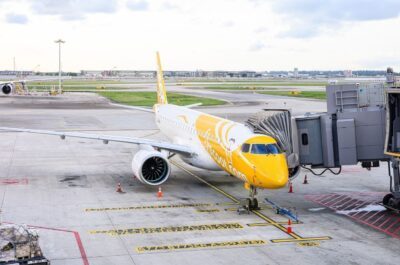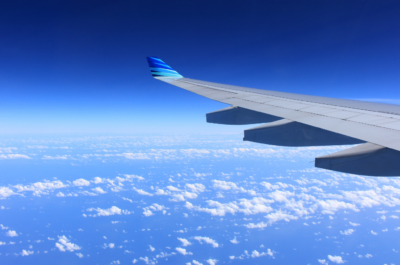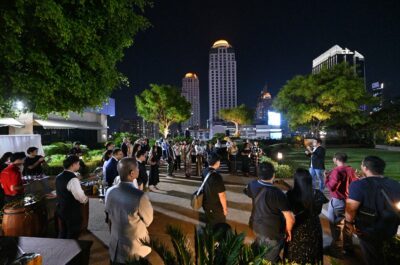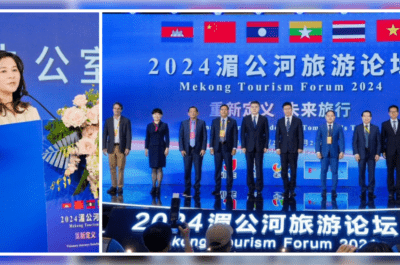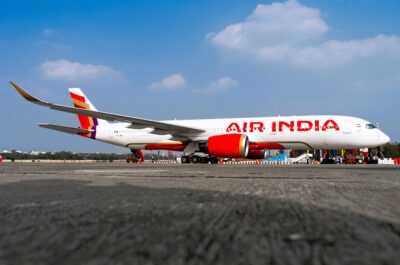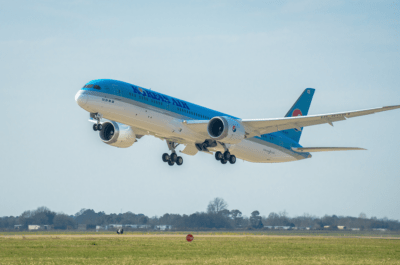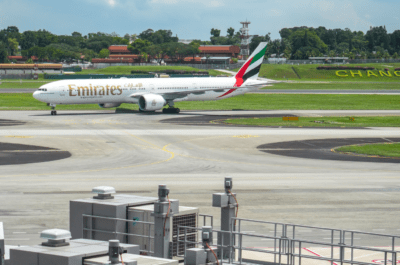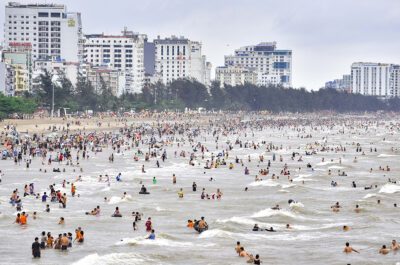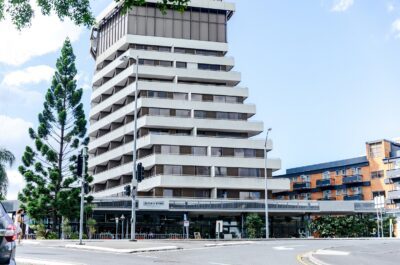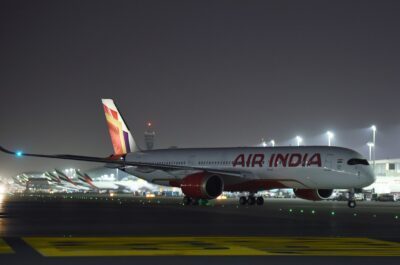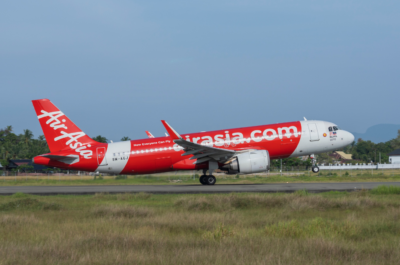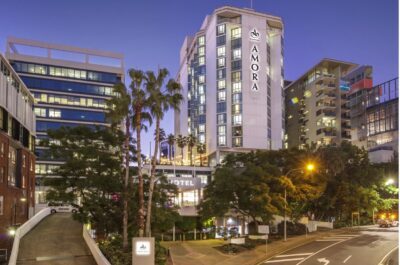With 150,000 new rooms opened by hoteliers in the year 2006, the world supply of corporate chains posts heretofore unattained growth according to a new survey by MKG Consulting. On January 1, 2007 the…
With 150,000 new rooms opened by hoteliers in the year 2006, the world supply of corporate chains posts heretofore unattained growth according to a new survey by MKG Consulting. On January 1, 2007 the worldwide supply of the top 200 groups reached 43,000 hotels and 5.5 million rooms. Since 2005, the acceleration of development has been confirmed.
This movement is sustained by a record year in terms of activity: the recovery of demand generates solid improvement in the RevPAR (+9.4%). The turnover in the hotel industry worldwide posts double-digit growth (+12.4%) and it has never been so high (230 billion euros).
Capital movement continues to intensify. Investment funds are increasingly present and compete over the hotel assets worldwide. Hotel groups feed the many rumors about transactions and mergers / acquisitions.
Worldwide hotel ranking 2007 – final results
Development picks up its pace…
- In its Worldwide Hotel Activity Report, on January 1, 2007 MKG Consulting counts 43,000 corporate operated hotels worldwide and 5.5 million rooms. Growth in the year is established at 2.7% for nearly 150,000 rooms. This is the highest growth ever recorded.
- Until 2004, the growth of the supply worldwide slowed. Since then, the development of chains has gained speed and resumed a rate comparable to the one observed in 2001. In two years, the supply of corporate chains worldwide grew by nearly 250,000 rooms, which is the nearly the equivalent of the chain hotel supply in a country such as France (268,368 on January 1, 2007), despite being the number-one destination worldwide in terms of number of visitors.
The growth rate of the hotel supply at corporate chains worldwide from 2001 to 2006
- The 10 leading groups confirm their ranking. They post growth in their cumulated supply by nearly 100,000 rooms, up by 2.5%. Among them, the first 6 post growth in their supply by more than 10,000 rooms each, widening the gap with competing groups.
- InterContinental Hotels Group (IHG) affirms its position for the fourth consecutive year as the world leader of the hotel industry. With growth in its offer by more than 18,000 rooms, the group is increasing its lead over its immediate competitors.
- But the movement to grow networks does not concern only the weight of the sector. Of the 100 first groups worldwide, 61 see their park expand on January 1, 2007.
…under the influence of a very favorable economic situation
- Economic growth worldwide pursues its strong trend. The tourism sector fully benefits from this dynamic. With the return to growth in international travel, demand for hotel products is intensifying. The global depression that marked the beginning of this decade is abating.
- Hotel performance worldwide falls into a very strong dynamic. After 3 consecutive years of recession at the beginning of the decade, from 2001 to 2003, the recovery of the RevPAR (revenue per available room) is spectacular. In the course of the year 2006, the RevPAR grew by 9.4%. The improvement of the occupancy rate by 1 point accompanied a strong recovery of average daily rates by 7.9%. The upscale hotel segment, which has more cyclical results than the economic or mid-scale categories, benefits fully from the dynamism of international demand: +9.6% growth in the RevPAR for the upscale segment and +12.5% for the upper upscale segment.
- These results suggest the beginning of a new cycle of growth in demand on a global scale. The improvement of hotel performance over a period growth in supply betrays a significant increase in business volumes: the worldwide turnover of chains is up by 12.4% in 2006, to around 230 billion dollars. It is a new record.
Change in the RevPAR of corporate chains from 2001 to 2006
Excellent prospects…
- With the improvement of performances, investors are increasingly interested by the hotel sector. Volumes of transactions grow. The year 2006 was marked by an intensification of real estate asset sales programs. Extended Stay Hotels was acquired by Lightstone for 8 billion dollars. ANA Hotels was bought by Morgan Stanley Real Estate for 2.4 billion dollars. Morgan Stanley also finalized the acquisition of CNL Hotels & Resorts for 6.6 billion dollars.
- In addition to the increasingly massive involvement of real estate investment specialists, today the sector is also characterized by many fusions and acquisitions among hotel brands and operators. The big maneuvers mostly concern leader groups. At the beginning of the year, Hilton Hotels announced the resale of Scandic Hotels by EQT for 833 million euros. In April 2007, Accor announced the sale of its American brand Red Roof for 1.3 billion dollars.
- Growth of the major hotel groups worldwide will continue in the years to come. Most of them have considerable pipelines* for the next 3 to 4 years: from 80,000 to 150,000 room depending on the group, or even 158,000 rooms for IHG which intends to firmly defend its leadership. Starwood Hotels and Resorts announces the opening of more than 80 new hotels in the year 2007 across all its brands. 420 units for more than 100,000 rooms are already in its pipeline*.
… almost everywhere in the world
- The perspectives for growth are good on all the continents. North America remains the favored continent in the corporate hotel chain industry. Nearly 6 in 10 rooms (56.9%) in the world are located there, for nearly 3.2 million rooms. The United States have the most advanced development cycle of chains. They amount to nearly 70% of the country’s global supply. After a period of declining volumes of openings, the outlook for a drop in building costs should nonetheless result in wider operating margins to increase hotel projects.
- In contrast with chains in the United States, hotel brands in Europe (less than 25% for the entire continent) still have a considerable amount of room for development. And all the more so since it is the number-one tourist destination worldwide.
- In 2006, Asia posts the most growth in the corporate hotel chain supply in terms of both growth rate (+10.5%) and volume (around 60,000 additional rooms). The penetration rate of chains in the zone is just 15%, and the race to Asia, already well on its way, shall continue. China and India are the priority targets. These countries present many vast agglomerations with large pools of customers. China in particular attracts large international hotel groups. The country also sees the consolidation of major hotel groups whose development accompanies the growth of the domestic economy such as Jin Jiang or Home Inns. These groups post some of the strongest growth rates in supply worldwide. Hotel groups are multiplying financial and real estate partnerships (such as Deutsche Asset Management and HQ Asia Pacific for Hilton Corp. in China, or EMAAR Properties and InterGlobe for Accor in India). The major international groups will take advantage of their renown in order to benefit from these supply markets. Accor, IHG and Starwood Hotels & Resorts are thus particularly well positioned in Asia.
- Finally, all lights are green, stimulating the investor’s appetites and rumors about acquisitions regarding groups in the Top 10 worldwide are multiplying. After IHG in the past few months, recent speculations concern Starwood Hotels and Resorts, Wyndham Worldwide and Marriott International is the latest to date.
* Pipeline: hotel development projects
Theodore is the Co-Founder and Managing Editor of TravelDailyNews Media Network; his responsibilities include business development and planning for TravelDailyNews long-term opportunities.

